iPhone 16 features: the key upgrades on the iPhone 16 line
New buttons, new cameras, a new chipset, and more
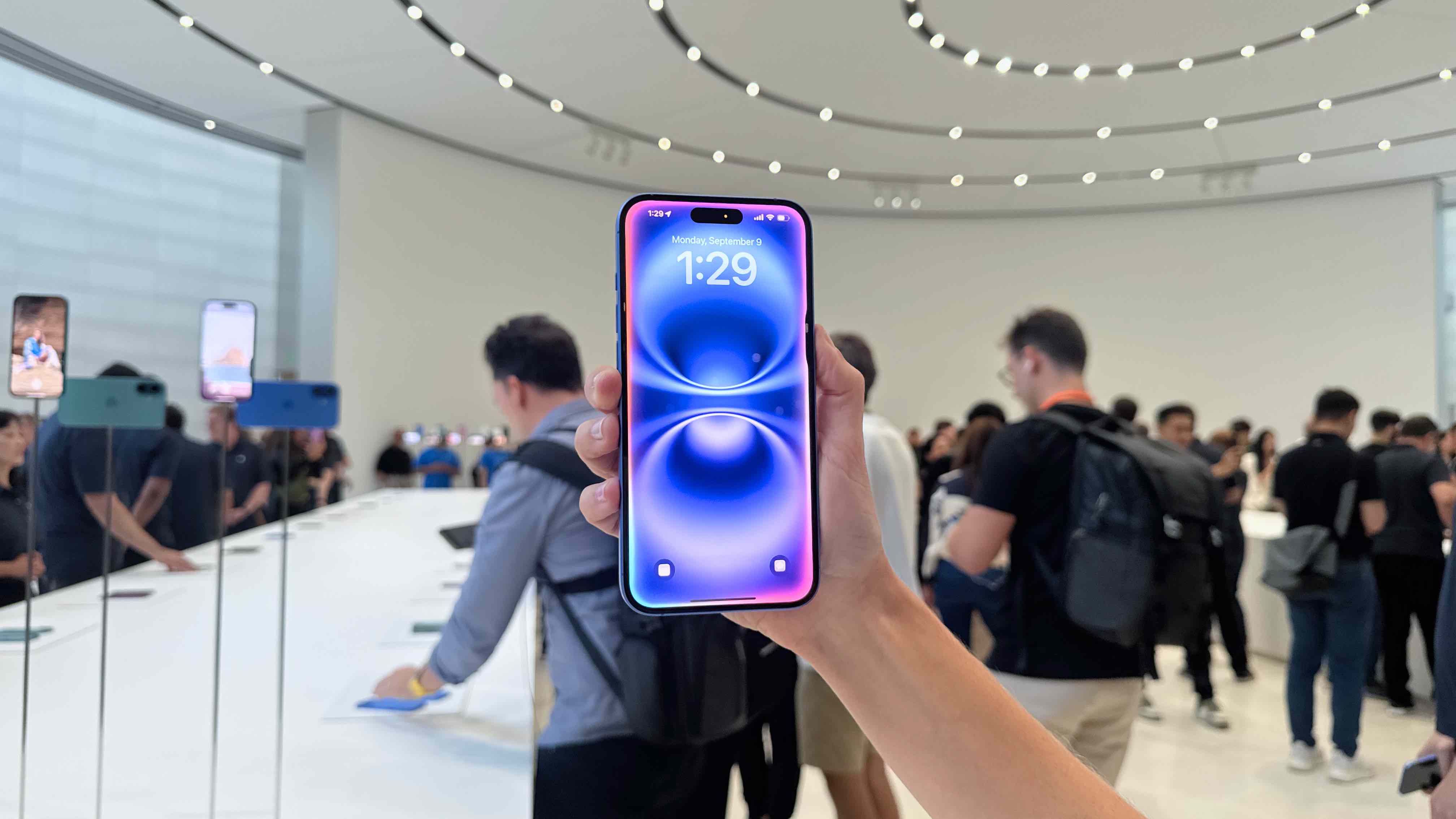
The iPhone 16 series is a mix of old and new, with various new and improved features, but a lot of familiar aspects too.
It's the new though that we're interested in here, and while there are dozens of changes across these phones, below we've highlighted just the most substantial and interesting new or improved features.
Our list contains a mix of things you'll find on all four models – namely the iPhone 16, the iPhone 16 Plus, the iPhone 16 Pro, and the iPhone 16 Pro Max – and things that are only found on one or two of them, but we'll mention when that's the case.
And for a closer look at how well these various features perform in practice, check out our hands-on iPhone 16 review, our hands-on iPhone 16 Plus review, our hands-on iPhone 16 Pro review, and our hands-on iPhone 16 Pro Max review.
A new Camera Control button
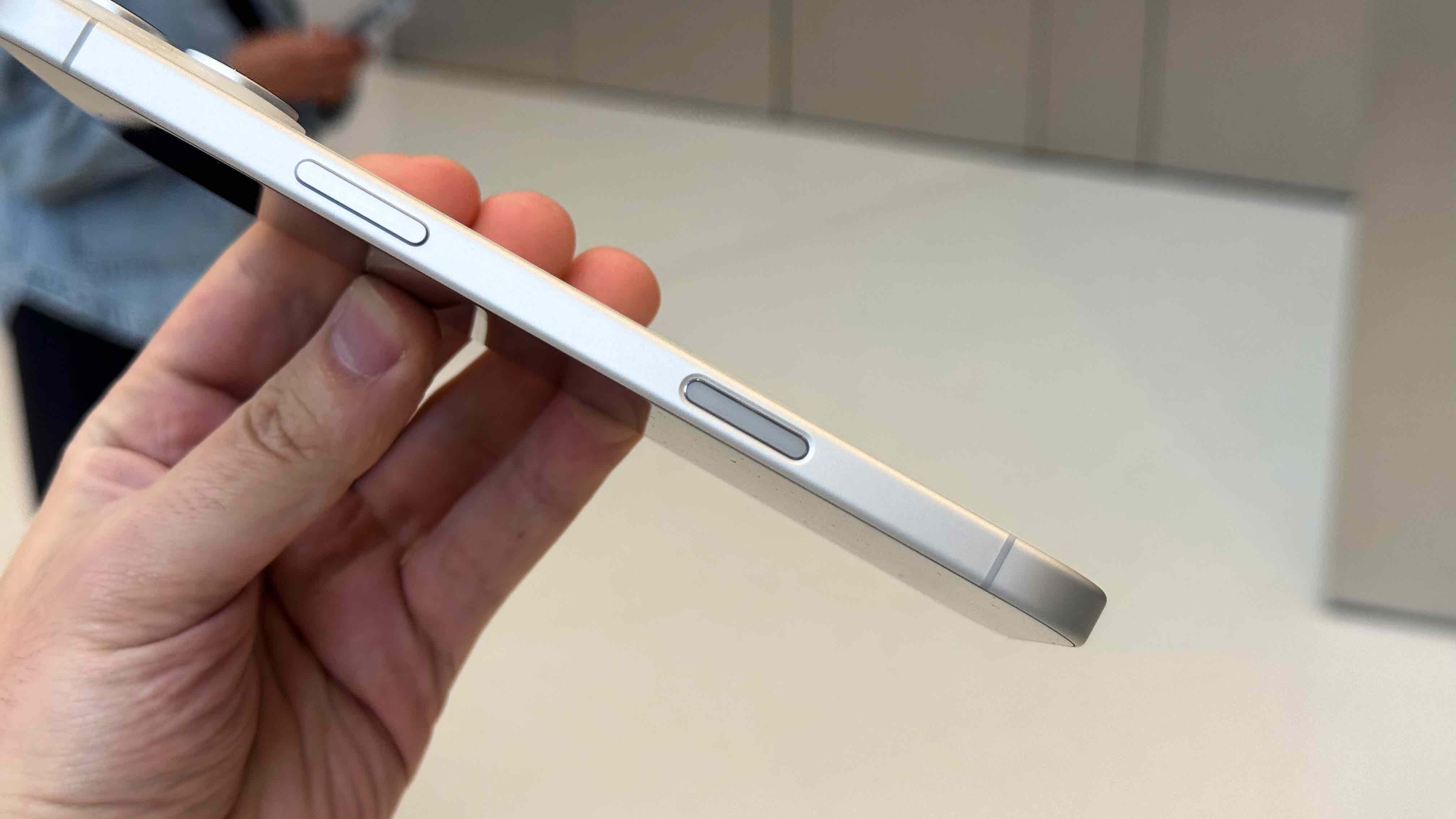
Perhaps the single biggest upgrade on the iPhone 16 line is a new button – and unlike some of the features below, this is a button that is present on all four iPhone 16 models.
The Camera Control button as it's called can be used to take photos and videos, but rather than simply being a camera shortcut, you can also edit camera settings, zoom in and out, and more, all through a combination of taps and swipes.
That should make this button a powerful addition to the camera, and far more effective than simply setting the Action button to take pictures, which you can already do with the iPhone 15 Pro and the iPhone 15 Pro Max, as the Action button lacks all the swiping and light pressing potential of the Camera Control button.
Get daily insight, inspiration and deals in your inbox
Sign up for breaking news, reviews, opinion, top tech deals, and more.
The Camera Control button is housed under the power key on the right edge of the iPhone 16, and as well as that, there's still an Action button on the left – which is this time offered across the line, rather than just on the Pro models.
Bigger screens for the Pro models
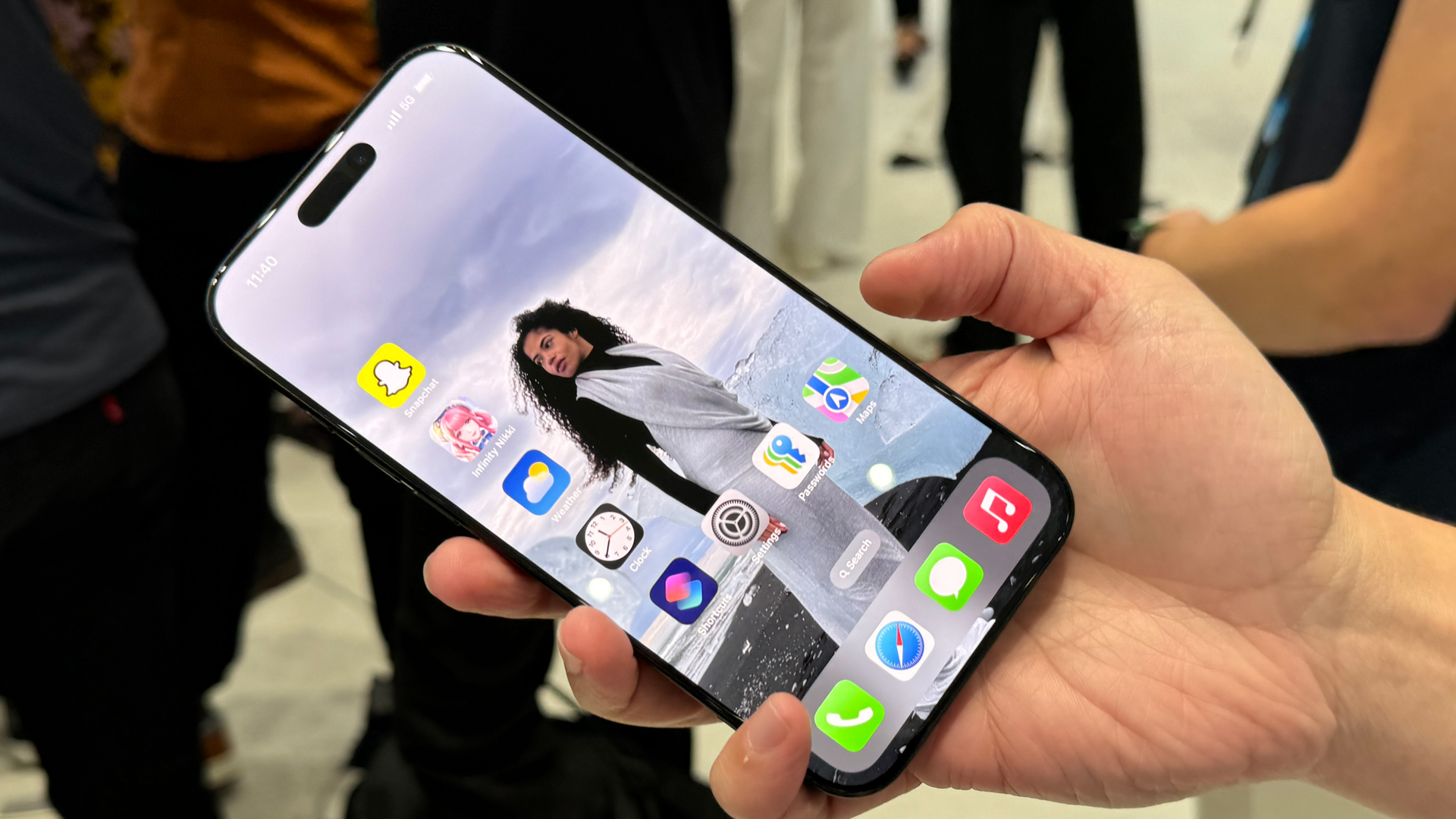
One big – literally – feature that Apple has delivered specifically on the Pro models is an increase in screen size, with the iPhone 16 Pro having a 6.3-inch display (up from 6.1 inches on the iPhone 15 Pro), and the iPhone 16 Pro Max having a 6.9-inch screen (up from 6.7 inches on the iPhone 15 Pro Max).
So, in both cases, these phones are 0.2 inches bigger than their predecessors, but perhaps more notably, this increase makes the Pro models larger than the non-Pro ones, which remain at 6.1 inches for the iPhone 16 and 6.7 inches for the iPhone 16 Plus.
This increase in screen size further widens the gap between the Pro and non-Pro models, though it does mean that if you’re a fan of compact phones, your choices have further diminished.
Still, these bigger screens should make the iPhone 16 Pro models superior for video viewing, and you'll also have more space for interacting with apps and games.
Plus, the bezels have been reduced, so the overall footprint isn't vastly bigger than that of the iPhone 15 Pro and Pro Max. Specifically, the iPhone 16 Pro is 149.6 x 71.5 x 8.3mm (up from the 146.6 x 70.6 x 8.3mm iPhone 15 Pro), and the iPhone 16 Pro Max is 163 x 77.6 x 8.3mm (up from the 159.9 x 76.7 x 8.3mm iPhone 15 Pro Max).
Camera upgrades
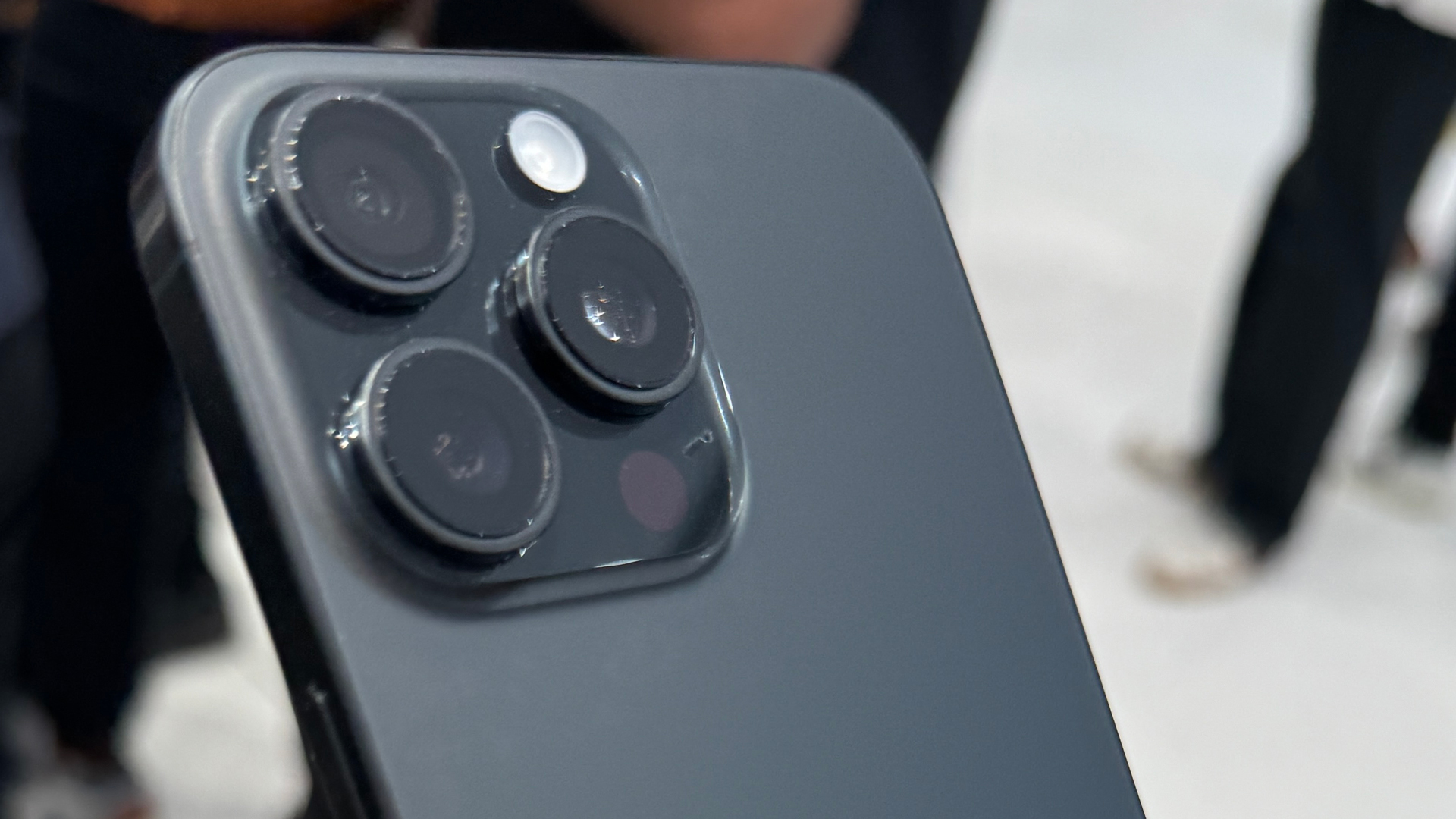
Sadly, the iPhone 16 and iPhone 16 Plus didn't get any significant camera upgrades, but the Pro models did.
For one thing, the iPhone 16 Pro has the same 12MP 5x optical zoom camera as the iPhone 15 Pro Max, which is an upgrade on the iPhone 15 Pro’s 12MP 3x optical zoom.
On top of this, the iPhone 16 Pro and iPhone 16 Pro Max both also got a new 48MP ultra-wide camera, in place of the previous model’s 12MP sensor.
And while the main 48MP camera hasn't had much of an upgrade, Apple has added support for 4K 120fps Dolby Vision video recording from it.
A speedy new chipset
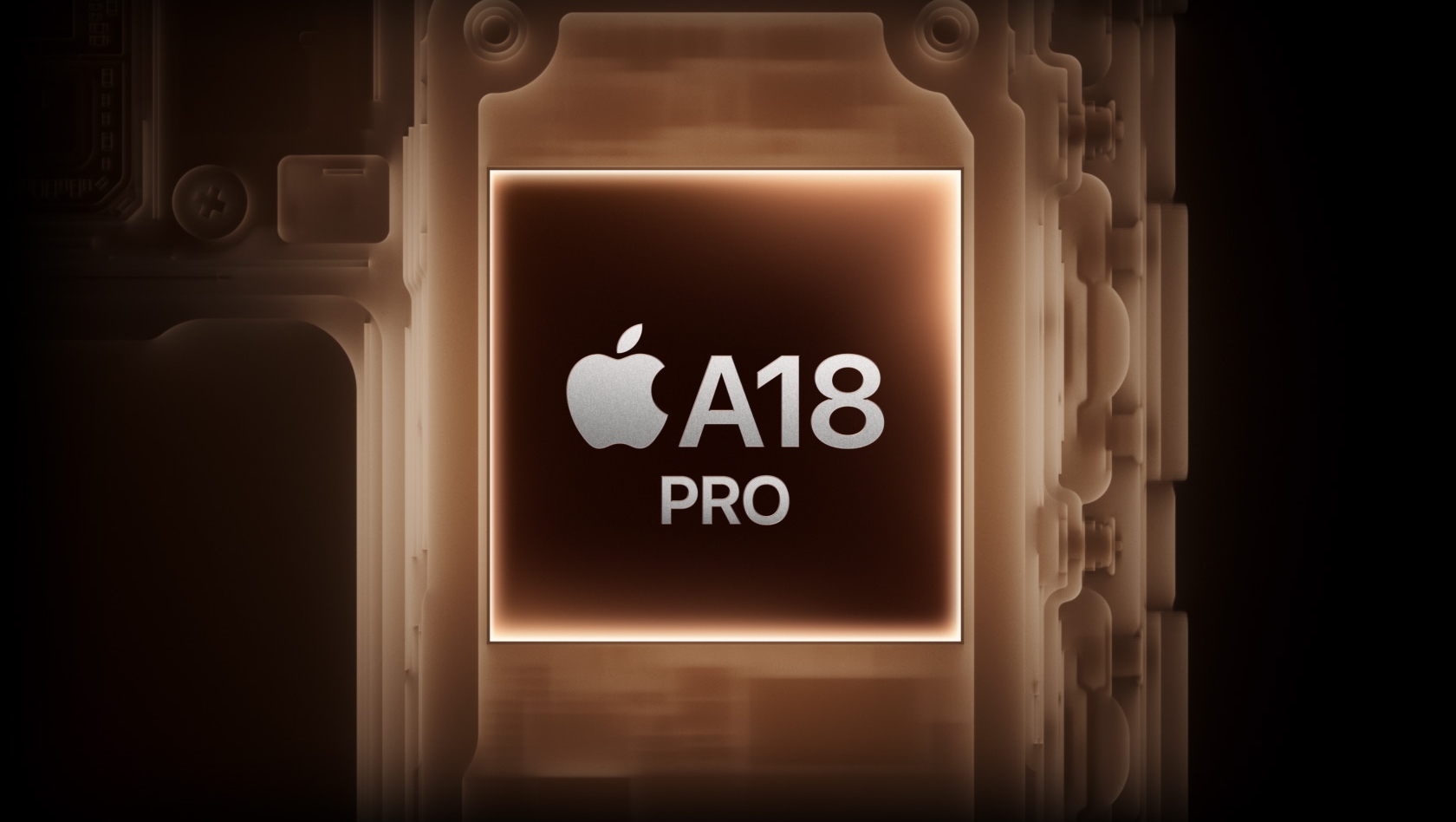
The final big new feature is a new chipset, which in the case of the iPhone 16 and iPhone 16 Plus is an A18, and in the case of the iPhone 16 Pro and iPhone 16 Pro Max is an A18 Pro.
This is the first time in a while that all four models have got a new chipset, with Apple in recent years equipping the base and Plus models with the previous year's Pro-level chipset.
But this is seemingly because Apple wants to position all four of these phones as being built for Apple Intelligence, and so a new chipset is needed.
In all, Apple claims the A18 has an up to 30% faster CPU and an up to 40% faster GPU than the A16 Bionic in the previous base iPhone, while the A18 Pro has an up to 15% faster CPU and up to 20% faster GPU than the A17 Pro in last year's top iPhones.
You might also like
- iPhone 16 release date: when can you buy these phones?
- iPhone 16 price: how much does each model cost?
- Best iPhone: which Apple smartphone reigns supreme?
James is a freelance phones, tablets and wearables writer and sub-editor at TechRadar. He has a love for everything ‘smart’, from watches to lights, and can often be found arguing with AI assistants or drowning in the latest apps. James also contributes to 3G.co.uk, 4G.co.uk and 5G.co.uk and has written for T3, Digital Camera World, Clarity Media and others, with work on the web, in print and on TV.